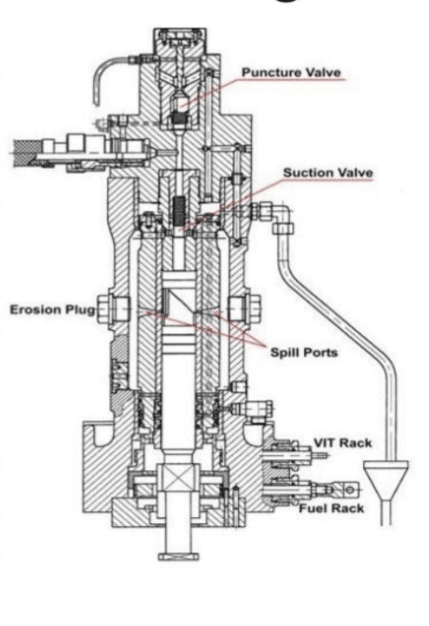TugboatEng
Marine/Ocean
- Nov 1, 2015
- 11,788
I have a high pressure piston type pump that is experiencing supply line cavitation erosion. Has anyone experienced wear or damage to a pump from erosion of the supply piping? I found this article which describes large amounts of particles in the 8-20 micron region which are much larger than the upstream 1 micron rated filter the manufacturer brags about.

